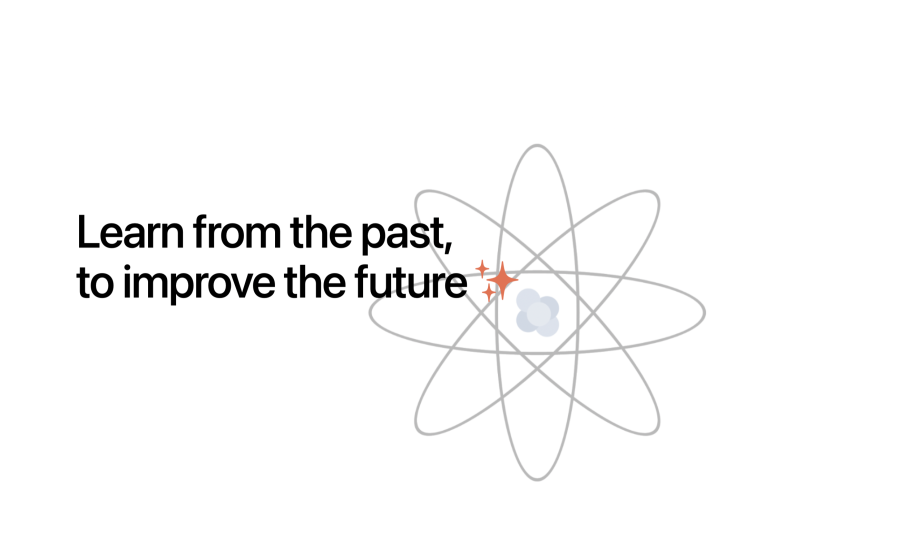With brands adopting content-led strategies in recent years, it has created a real paradox. Creating zero click content on social which gets better reach & engagement from your audience versus encouraging them to click through to the website where transactions happen. And then when a customer inevitably searches for or arrives at a brand directly, marketers have been unable to attribute the value back to their activity.
The harsh reality is that this lack of attribution has led to turnover in marketing positions and reduction of budgets. But this no longer needs to be the case. With the opening up of MMM’s, they lower the barriers to entry for marketers to model out how their activity drives results.
MMM or mixed media models, are the old school methodology for measuring advertising. The models were meant to help see the lift from advertising. And they have recently had a resurgence, because with the dropping of third party cookies, digital advertising needs ways and means of attributing value to their impact. But wait, this is the same problem that marketers have faced. Thus marketers are in the novel position of leveraging these models to see their own impact.
But brands don’t even need to roll out a full MMM, they just need to build their own predictive model, on how their unique mix of activity is driving the results they are after.
Alongside the growth of AI, there has been a less evident trend, but the growth and adoption of machine learning tools. These enable you to build models, to understand the links between different casual factors. And these can be used to help marketers build a predictive model, using their past data.
In a very basic sense, you collect all your data, of the inputs or marketing activity. And collect the data on expected outputs. And the models help you find the connections between them. Maybe all those LinkedIn posts have a time delay effect, or a cumulative effect. Or maybe they have an impact on a metric which is less obvious.
Models can factor in things like seasonality, price promotions, or other external factors which may impact, and obfuscate the impact of marketing activities. An example of this is have you ever tried to deduce where you were having impact on brand search traffic? Only to not find something conclusive.
The basic thesis in MMM is that marketing, done well, would improve the effectiveness of the advertising. So rather than looking at brand searches, maybe you look at growth in direct traffic, or changes in conversion rates, or changes in purchase cycles.
For example, if you could isolate that marketing activity, improved the conversion rate from 1.7% to 1.95%, forward looking over all of your activity that’s a 14% improvement in sales.
That’s a way better story to talk about at a leadership level, here’s the impact our marketing activities have achieved. And one we could all get behind.
..
We’ve been doing a lot of work in this space, to help brands better attribute, read more on our view of the future of analytics.
..
Arising queries for those that want to dive deeper.
How can I apply predictive modeling to my current marketing strategy?
You will need a data scientist to help you put together predictive models. It starts by understanding your current activities, the data available, and a thesis on the impact it creates. Spending more time upfront detailing this, will save time & investment later.
This provides a strategic foundation for your data scientist to then select the right tools & right models to apply them.
What machine learning tools should I use to build a predictive model?
This is where you want to be guided by your data scientist.
PyTorch is an open source platform, spun out by Facebook, to help build your own machine learning models. For example Tesla’s self driving is built on top of PyTorch. Or consider TensorFlow, open sourced by Google is a popular alternative.
AWS has Sagemaker, or consider Sagemaker Canvas for a a no code solution.
Explore on Perplexity, more about machine learning tools.
How do I identify the causal factors that drive business outcomes?
That’s the beauty of building the model, it will help uncover the different weights that each variable is having on the outcomes. So you can begin to understand the impact they have.
To begin, start with a thesis, on what metrics you believe it will impact. Then you test that hypothesis with the model, and use that to guide you, as to identifying the impact.
By being open minded and following the process, it helps uncover the unique impact it is having.
Can I use existing data to build a predictive model, or do I need new data?
You can use your existing data, as that is the best evidence you have of your current marketing strategy. Naturally the process may uncover some data gaps, which can be filled, to help improve future models. And over time as your strategy changes, new data will need to be brought in.
..
Nudge has existing tools & libraries to help build your own predictive models. These tools help to analyze your activities, enrich your data, and prepare it for analysis. We also have an insight engine, to analyze and get additional data-driven insights on how you might drive even more impact. Read more on the intelligence era.
..
Thanks to Arnold Reinhold for the System 360 picture – Own work, CC BY-SA 3.0.

|
|---|


